Magnesium to keep those bones healthy and strong
View(s):- Final part of our series on ‘Essential Minerals’
- Get your dose of magnesium
By Dr. Nirmala M. Pieris
Magnesium is a critical co-factor for over 300 enzymatic reactions in the human body. It is all important when it comes to assimilation of calcium into bone as optimum magnesium intake is associated with greater bone density that lowers risk of osteoporosis especially in postmenopausal females.

Dark chocolate Dark chocolate is fairly high in magnesium. However dark chocolate is high in fat and sugars so eat in moderation.
Magnesium also converts vitamin D into its active form for calcium absorption while playing a role in the regulation of transport of calcium. Magnesium and calcium function together, so deficiency of one markedly affects the metabolism of the other. Increased calcium intake without increase in magnesium can actually enhance magnesium loss. Similarly increased supplementation of calcium with a magnesium deficiency can lead to calcium deposition in soft tissues such as joints that can lead to arthritis or in the kidney contributing to kidney stones.
Magnesium helps to maintain normal nerve and muscle function and supports a healthy immune system. When it comes to heart health, magnesium is required to maintain the health of the heart muscles and to sustain a steady heartbeat. Additionally magnesium regulates blood glucose levels and assists in the production of energy and protein. Adequate intake of magnesium has been associated with lower risk of fatty build-up on the walls of the arteries and high blood pressure. There is also reason to believe that sufficient ingestion of magnesium can alleviate symptoms of premenstrual syndrome such as bloating, insomnia and weight gain. Magnesium in combination with vitamin B6 seems to be even more effective in this regard.
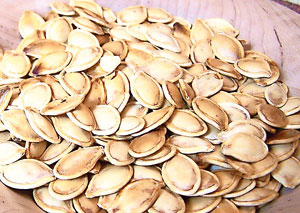
Nuts and seeds Pumpkin and sesame seeds, almonds, cashews, peanuts and walnuts, as well as their respective nut butters, all provide high amounts of magnesium.
Magnesium storage
The human body contains approximately 25 grams of magnesium. Over 50 percent of this magnesium is stored in the skeletal system. Bones form our most important stocks of magnesium and the body can call on two thirds of these stores when required. The remaining magnesium is found in muscle, soft tissues, and body fluids.
Magnesium absorption
The body typically absorbs only 20 to 50% of ingested magnesium. For this mineral (or any nutrient) to be absorbed, it must first be freed from the food matrix. Processes that help “free up” the magnesium include chewing, pureeing, cooking, and enzymatic action during digestion. Substances that promote magnesium absorption include fructose that occurs naturally in some fruits, complex carbohydrates in whole grains such as oats and barley, alkalizing proteins in foods such as yoghurt, almonds and peas, oils that contain medium-chain triglycerides, such as coconut oil and fruits and vegetables rich in soluble fibre.
Foods that can inhibit the absorption of magnesium include phosphoric acid containing sodas such as dark coloured colas and cow’s milk that contain high amounts of phosphorous. Coffee, tea and excessive alcohol that have diuretic effects increase magnesium secretion via the urine. Health conditions that can inhibit magnesium bioavailability include aging, stress, kidney problems and digestive malfunction.
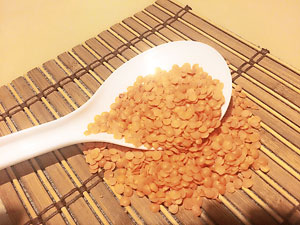
Beans and lentils Soybeans, black beans, kidney beans, white beans, navy beans, chick peas and lentils all provide good amounts of magnesium, so always add these to your shopping list.
Magnesium toxicity
Side effects from increased magnesium intake are not common as the body generally removes excess amounts. Magnesium surplus almost always occurs only when taking too much of the mineral in supplement form. Earliest symptoms of excessive magnesium are often gastrointestinal such as diarrhoea stomach upset, nausea, vomiting and abdominal cramping.
Magnesium deficiency
Magnesium deficiency in healthy individuals who consume a balanced diet is quite rare because the kidneys are able to limit urinary excretion of magnesium when intake is low. You may experience low levels of magnesium if you have suffered excessive vomiting or diarrhoea or have diabetes, pancreatitis, hyperthyroidism or kidney disease. Drinking too much coffee, soda, salt or alcohol can also lower levels. Chronic alcoholics frequently suffer from magnesium deficiency, which may be due to low intake and large losses in urine. Heavy periods, excessive sweating and high levels of stress are other causes of low magnesium levels.
A deficiency in magnesium can lead to muscle spasms, conditions such as cardiovascular disease, diabetes, high blood pressure, anxiety disorders, migraines and osteoporosis.
Many ingredients in our daily diet are good natural sources of magnesium. It is always better to have natural sources of magnesium rather than synthetic as the ‘naturals’ are easily assimilated in the body. Some of the food rich in magnesium are:

Milk products Almost all milk products are good to provide magnesium. Skimmed milk and yoghurt are considered especially good natural sources.

Whole grains Brown rice and products made from whole grain wheat flour provides more magnesium than those made from white refined flour. This is because when grains are processed, the magnesium rich germ and bran are removed.
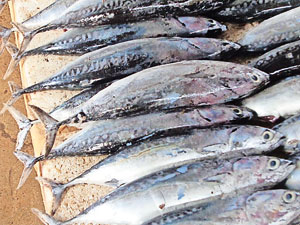
Fish The most commonly available source of magnesium in a non-vegetarian diet is fish. But note that deep frying reduces magnesium content.
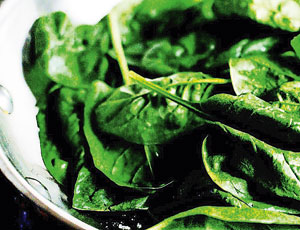
Dark leafy greens Dark green leafy vegetables such as spinach and kale are good sources of magnesium because of the centre of the chlorophyll molecule that gives green vegetables their colour contains magnesium.
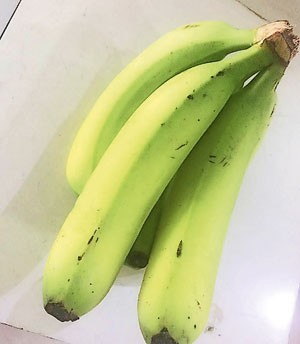
Fruits Among fruits, bananas are one of the richest natural sources of magnesium. Avocados can also help you keep your stores up. Dried fruits such as raisins and figs are yet another source.

Drinking water Tap water can be a source of magnesium, but the amount varies according to the water supply. Water that naturally contains more minerals is described as “hard” and this contains more magnesium than “soft” water.


